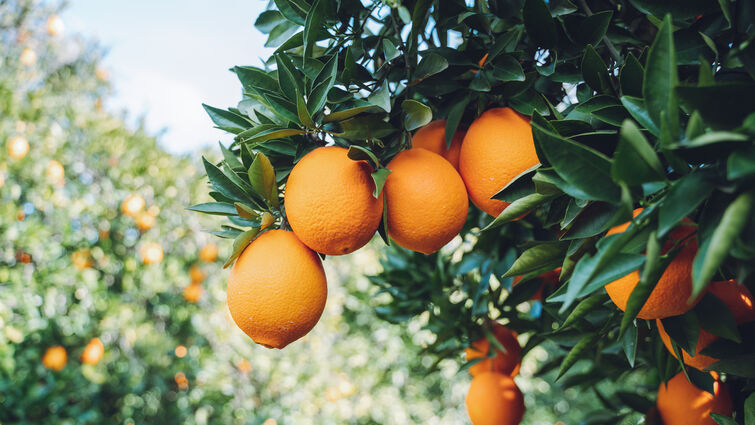

From runny noses to itchy eyes and persistent sneezing, the signs of hay fever are a familiar nuisance, but many people may not fully understand the causes behind their discomfort.
Christelle Miot, MD, an allergist at Loma Linda University Health, says that while the symptoms may feel like a passing cold, seasonal allergies are triggered by an overactive immune response to environmental allergens like pollen, mold spores, and dust mites.
“One of the biggest triggers in our region is tree pollen,” said Miot. “It peaks in the spring and overlaps with grass pollen, which tends to spike in late spring and early summer.”
Myth-busting orange blossoms
A common misconception in the Inland Empire is that the fragrant orange blossoms blooming in citrus groves are the cause of allergy misery. But Miot clarifies that the orange blossom itself is not typically a culprit.
“People often blame the smell of orange blossoms, but it’s actually not the flowers causing the issue,” she said. “Citrus blossoms are insect-pollinated, not wind-pollinated, which means they don’t release much pollen into the air. What’s really triggering symptoms are nearby trees like mulberry, olive, and oak.”
The association with citrus likely stems from the bloom’s timing and strong fragrance, which coincides with the onset of allergy season, but the real triggers are often invisible.
Warming temperature trends are leading to longer allergy seasons and increasing pollen counts.
“We’re seeing higher levels of airborne allergens and a longer season overall,” Miot said. “Plants are producing more pollen, and the season is starting earlier and ending later than it did a few decades ago.”
In the Inland Empire, where spring often begins early, this can mean symptoms start as soon as late February and persist well into summer. Though pollen production is a natural process, environmental changes are influencing both volume and timing.
Who’s most affected by seasonal allergies?
Seasonal allergies can affect anyone, but certain groups are more vulnerable than others. Children and young adults tend to have more pronounced allergic responses, particularly those with a family history of allergies or asthma. However, symptoms can develop at any age. Miot said people with preexisting respiratory issues, including asthma or chronic sinusitis, may experience worsened symptoms and should consult a healthcare provider for management strategies.
While seasonal allergies affect a broad range of people, Miot said certain populations experience a disproportionate burden. Notably, Black males have some of the highest rates of asthma and allergy-related complications in the United States. This disparity is often tied to a combination of genetic predisposition, environmental exposures, and reduced access to consistent healthcare. She also said that individuals living in urban areas, particularly near freeways or industrial zones, may face greater exposure to airborne pollutants that can exacerbate both asthma and allergy symptoms.
“Seasonal allergies can seriously affect quality of life,” Miot said. “But with the right precautions and care, people can still enjoy the beauty of spring without the burden of symptoms.”
Miot recommends to:
- Limit outdoor exposure on high-pollen days, especially in the morning.
- Keep windows closed during peak pollen times.
- Use air purifiers and HEPA filters at home. Try this budget-friendly air purifier project.
- Shower and change clothes after spending time outdoors.
- Consult a healthcare provider about antihistamines or allergy testing if symptoms persist.
If seasonal allergies are affecting your daily life, visit our Allergy & Immunology services at Loma Linda University Health to learn more about personalized testing, treatment options, and long-term management strategies.


